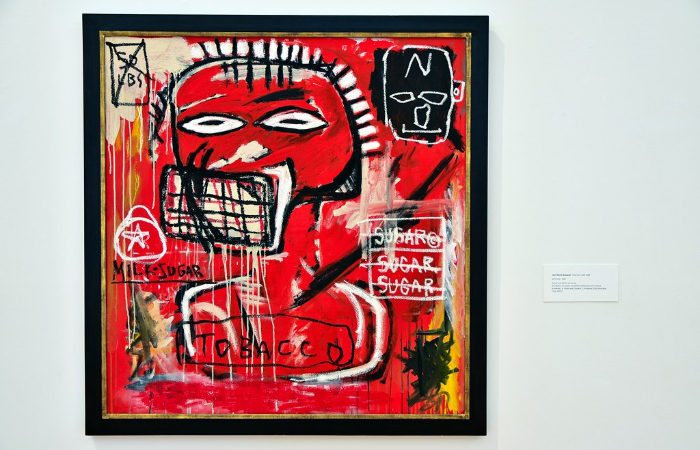Understanding identity in art
Identity art encompasses a diverse range of artistic practices that delve into the complexities of personal, cultural, and social identities. Artists utilize various mediums to express their experiences, challenge societal norms, and foster a deeper understanding of the multifaceted nature of identity.
Historical context and evolution
The exploration of identity in art has evolved over time, with artists increasingly using their work to address issues related to race, gender, sexuality, and cultural heritage. This evolution reflects a broader societal shift towards recognizing and valuing diverse perspectives and experiences.
Personal identity and self-representation
Artists often use self-portraiture and autobiographical elements to explore their personal identities. Frida Kahlo, for instance, created deeply introspective works that conveyed her physical and emotional pain, as well as her cultural heritage. Her paintings serve as powerful expressions of self and resilience.
Similarly, Yayoi Kusama‘s art reflects her inner experiences and psychological states. Her use of repetitive patterns and immersive installations invites viewers into her unique perspective, blurring the lines between self and environment.
Cultural identity and heritage
Art serves as a medium for expressing and preserving cultural identities. Jean-Michel Basquiat incorporated elements of African, Caribbean, and American cultures into his work, addressing themes of race, identity, and social inequality. His art challenges dominant narratives and highlights the richness of diverse cultural experiences.
Judithe Hernández, a prominent Chicana artist, uses her work to celebrate indigenous heritage and address social issues affecting the Chicano community. Her art combines traditional iconography with contemporary themes, creating a dialogue between past and present.
Gender and sexuality
Artists have long used their work to explore and challenge traditional notions of gender and sexuality. Cindy Sherman‘s photography, for example, examines the construction of identity and the role of media in shaping perceptions of femininity. By adopting various personas, she critiques societal expectations and stereotypes.
Cassils, a transgender artist, uses performance and body art to confront issues related to gender identity and representation. Their work emphasizes the fluidity of identity and the importance of visibility for marginalized communities.
Intersectionality and social commentary
Many contemporary artists address the intersectionality of identity, acknowledging how various aspects such as race, gender, and class intersect and impact individual experiences. Eileen Perrier‘s portraiture captures the diversity of Black British identity, highlighting personal stories within broader social contexts.
Babajide Olatunji‘s «Tribal Mark Series» explores the cultural significance of facial scarification in Yoruba culture, shedding light on traditions that shape personal and communal identities.
Community and collective identity
Art can also reflect collective identities and shared experiences. The Chicano art movement emerged as a form of cultural affirmation and political activism, using art to express the struggles and aspirations of the Chicano community. Artists like Hernández played a crucial role in this movement, creating works that resonate with collective memory and identity.
Contemporary relevance and impact
In today’s globalized world, identity art continues to be a vital means of expression and social commentary. It fosters empathy, challenges prejudices, and encourages dialogue about the complexities of identity in contemporary society.
By engaging with identity art, viewers are invited to reflect on their own identities and consider the diverse experiences of others. This engagement promotes a more inclusive and understanding society, where art serves as a bridge between personal narratives and collective consciousness.
